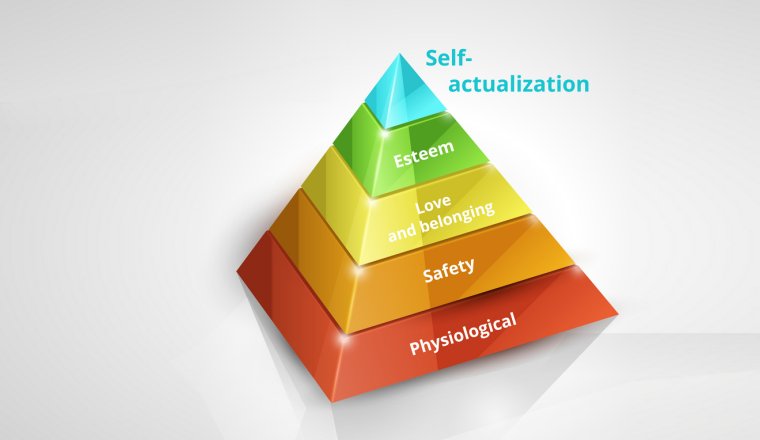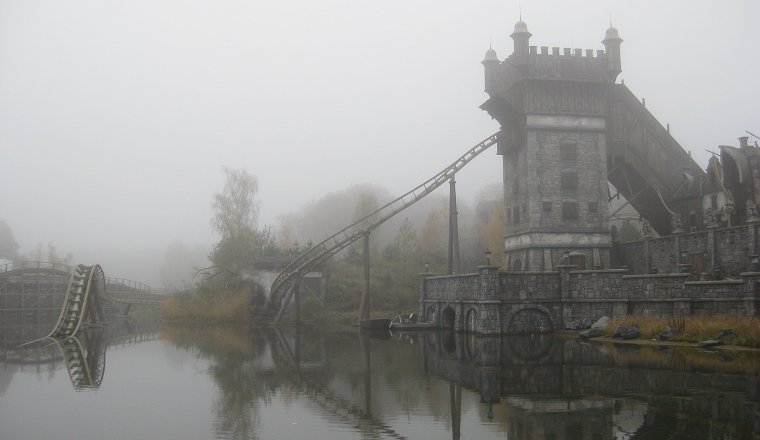Harald Molina-Tillmann
Beyond the Horizon of System Design
Beyond the horizon
Challenges and solutions of multi-layered systems

Multi-layered systems
Multi-layered multimedia systems appear particularly in the fields of traffic, architecture and leisure. For example:
- Communications systems on cruise ships
- Information systems at large-scale events
- Convenience systems in intelligent buildings
- Control systems in theme parks
- Cross media systems for interactive television
What these systems have in common is that their successful design depends upon the interaction of several disciplines. Requirements from the disciplines of engineering sciences, computer science, psychology, art, sociology and politics must be combined to form one cohesive complete system. Correspondingly, complex systems can be distinguished by demanding characteristics:
- Multilateral projects
- Application of embedded systems
- Broad user groups
- Realtime requirements and safety requirements
- Distributed systems
- Emotionality of the consumers
In the future multi-layered systems will also be used in areas where very little technology is presently employed. Examples are gastronomy and fashion.
Challenges and solutions
Multilateral projects
Often three or more equal parties with diverse interests are involved in the development of complex systems. Only system-wide business models will suffice. During the planning and design I tailor the respective system-wide business model to the product, so that all parties involved are able to recognize their original interests in the product itself.
Multifaceted perspective
Complex multilayered systems often encompass not only several technological and commercial layers but also psychological, political and artistic layers. The design of such systems requires interdisciplinary and even transdisciplinary understanding and approach. This is why I combine precise formal system engineering methods with intuition, creativity and informal/semi-formal specifications oriented to the target group.
Embedded systems
Realtime conditions, environmental influences, limited user interfaces and high cost pressure are just a few of the factors to be taken into account when developing embedded systems. These are often constituent parts of multi-layered systems. For this reason I apply many methods from the development of embedded systems to the design of the higher-level multi-layered system.
Broad user groups
Multi-layered systems are often used by a great variety of different people for a great variety of different goals. For this reason I use scenario analysis, graduated dialogue design and user typologies for the interaction design.
Beyond the horizon
System Design and Depth Psychology

The concept of Applied Depth Psychology
An area of depth psychology, namely the analytical psychology of Carl Gustav Jung, inspired me to a new approach in the design of complex systems. Collective universal basic patterns (called Archetypes by Jung) can be considered and integrated in the creative process and development process of multi-layered multimedia systems. I call this approach “Applied Depth Psychology”. I maintain that it results in products with deeper emotional effects and thus leads to more commercial success.
The integration of archetypes can occur on two levels:
- At system level (e.g. with the modelling of users or with the system functionality)
- At development process level (in particular in the creative phase and the earlier analysis phase)
This integration of depth psychology concepts and methods expands the system design from a predominantly engineering discipline to a holistic discipline.
- The methods of analytical psychology differ fundamentally from those of conventional sciences. Instead of objective observation the depth psychologist uses subjective experience. He gains access to the unconscious through personal experience and the subsequent scientific reflection of this experience. Only then can he let the qualities of the archetypes influence his practical work.
- For the most part complex systems interlink a great variety of different individuals and groups. The system designer who is trained in depth psychology can integrate the powerful unconscious aspects of these interconnections into the planning and development of his system. This occurs for example during the board’s strategy development, in the creative team or during usability tests.
My Thesis on System Design based on Depth Psychology
In my thesis at the Jung Institute in Zurich I introduce a new method of system design. It uses ideas of Analytical Psychology as developed by C.G. Jung. My basic concept is the transfer of unconscious processes between therapist and patient to those between stakeholders in system engineering projects. As an example I apply the method to the creative design process for formats of interactive television.
German version: “Interaktives Fernsehen als moderne Bühne für den Individuationsprozess”
English version: “Interactive Television as a modern stage for the Individuation Process”
